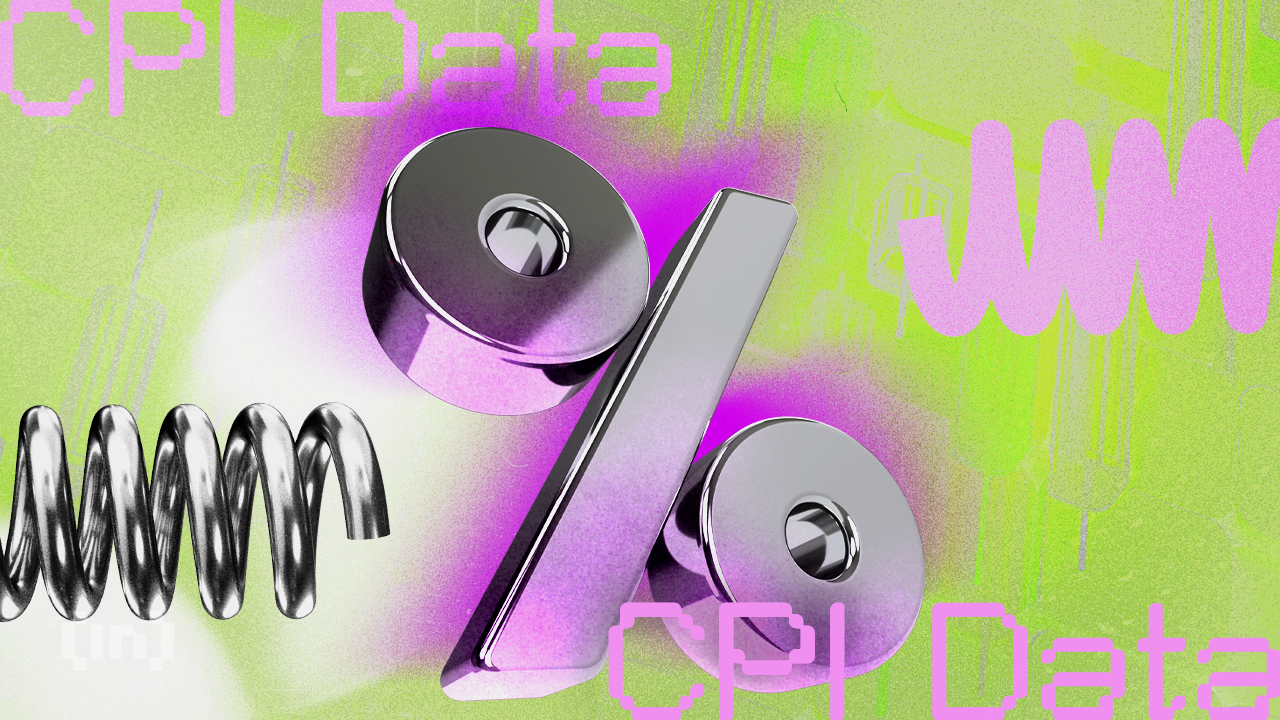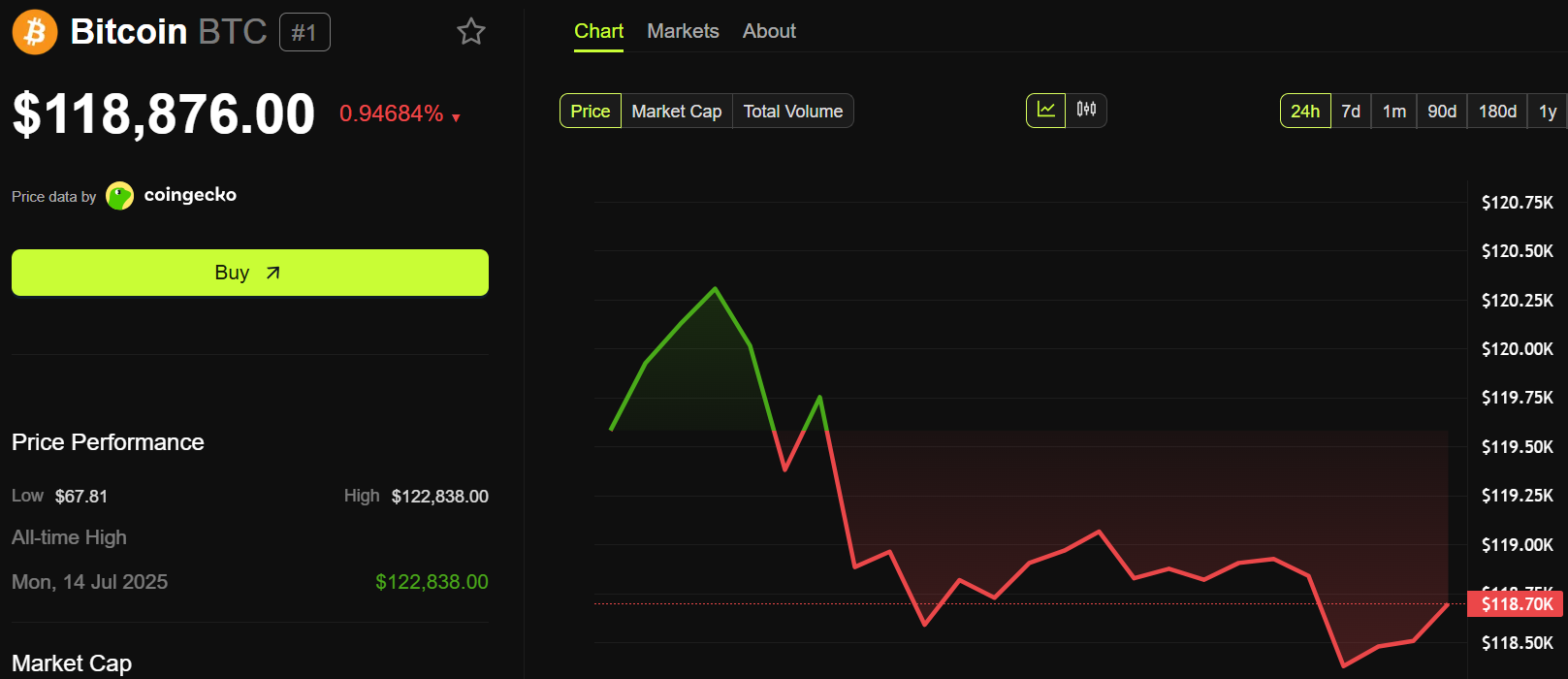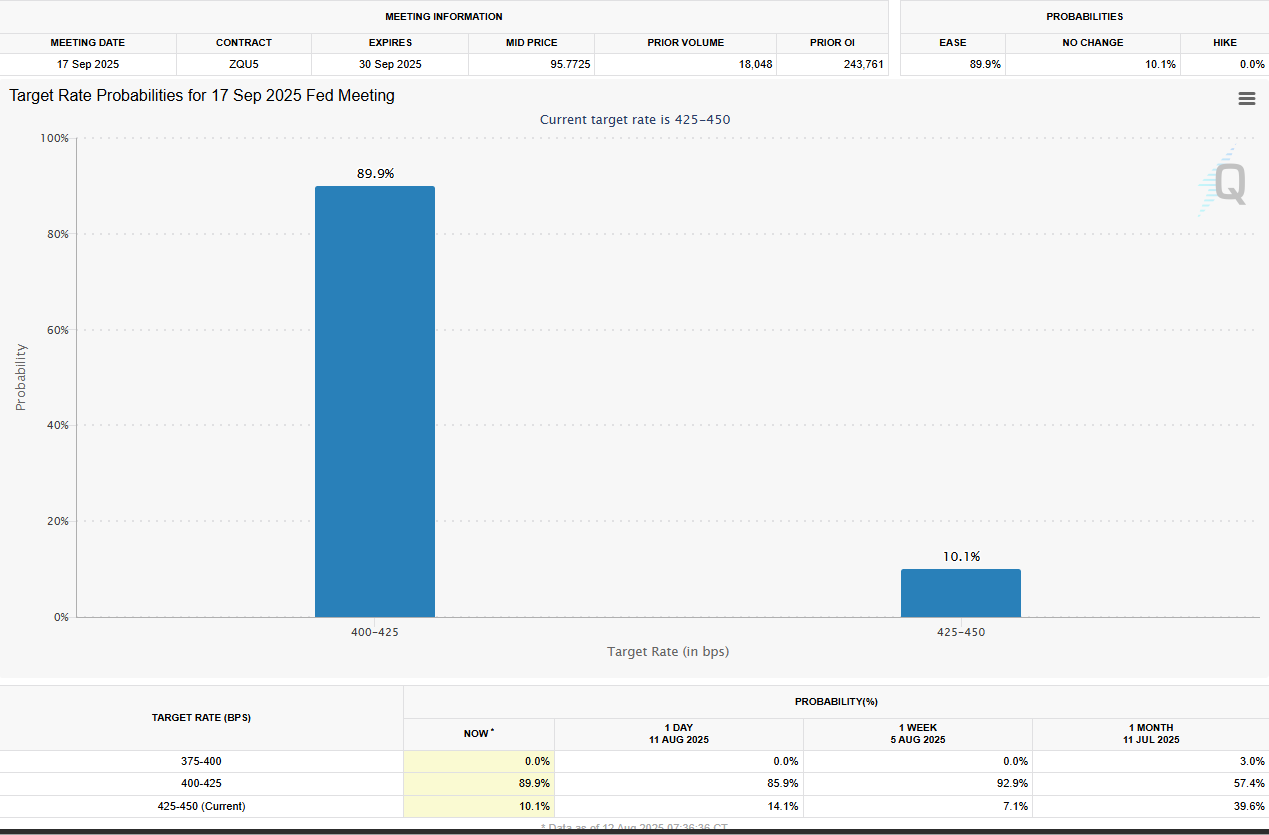Defunct crypto firms FTX and Alameda Research have moved $10.3 million worth of Solana (SOL) to 30 blockchain addresses, continuing their methodical liquidation of digital assets.
The transfer, carried out on June 13, was flagged by on-chain analytics platform Arkham Intelligence.
FTX Shifted Over $1 Billion in Staked Solana Since November 2023
Blockchain researcher EmberCN confirmed the activity and noted that the firms had recently unstaked 188,000 SOL, worth around $31.5 million. A portion of those tokens has already been redirected to the new addresses.
Meanwhile, these transfers follow a consistent pattern observed since November 2023, where both entities have routinely offloaded large volumes of SOL.
Since then, EmberCN noted that the bankrupt firms have moved over 8.4 million SOL, amounting to more than $1.09 billion.

Most of these tokens reportedly moved at an average price of $130 and were often routed through major exchanges such as Binance and Coinbase, suggesting active selloff. Market observers noted that these are part of efforts to reimburse creditors following their bankruptcy in 2022.
However, despite the consistent outflows, the estate still holds a significant amount of Solana. FTX still has about 5.29 million SOL, valued at over $775 million, remaining under its control, with 5.05 million locked in staking contracts.
Meanwhile, the recent Solana transactions come as FTX continues disbursing funds under its approved Chapter 11 reorganization plan.
The bankrupt estate has completed two payment phases to former customers and investors in recent months. The failed firm paid approximately $1.8 billion in February to creditors, followed by an additional $5 billion in May.
Moreover, FTX recently added Payoneer to its list of distribution partners. This move complements existing custodians Kraken and BitGo and aims to streamline the repayment process while expanding global reach.
Analysts suggest this inclusion aims to help users in jurisdictions where crypto custodian limitations previously delayed access to funds.
Still, many creditors in countries like Russia, China, Egypt, and Nigeria remain blocked from receiving payouts. These users made up a sizable portion of FTX’s customer base before the exchange collapsed.
The post FTX Sends Fresh $10 Million in Solana to 30 wallets appeared first on BeInCrypto.






